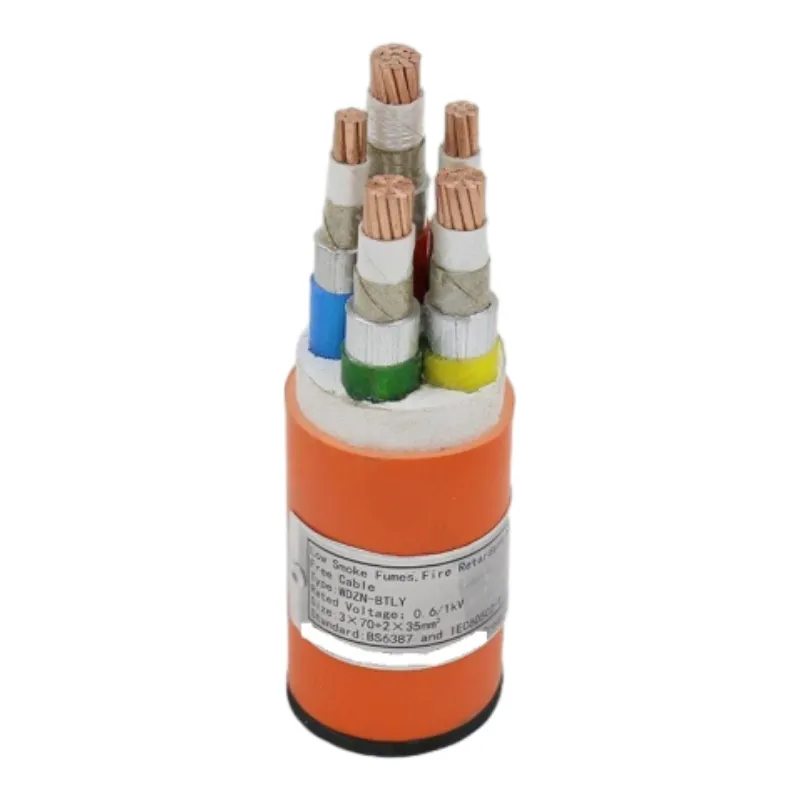9 月 . 18, 2024 21:52 Back to list
cast steel check valve
Cast Steel Check Valve An Overview
A cast steel check valve is an essential component in various piping systems, designed to prevent backflow and ensure the unidirectional flow of fluids. These valves are primarily used in applications where the flow direction must be controlled, such as in water supply, wastewater management, and industrial processes. The robustness and durability of cast steel make these valves suitable for high-pressure and high-temperature environments.
Material Properties
Cast steel, known for its strength and ductility, is the preferred material for manufacturing check valves. It offers excellent resistance to wear and high-stress conditions, making it ideal for different industries, including oil and gas, power generation, and chemical processing. The casting process allows for intricate shapes and designs, ensuring that manufacturers can produce valves that meet specific requirements for size and flow characteristics.
Working Principle
The working mechanism of a cast steel check valve is relatively simple yet effective. It usually consists of a disc or a ball that moves within the valve body. When fluid flows in the intended direction, the force of the flow pushes the disc or ball off its seat, allowing fluid to pass through. Conversely, if the fluid attempts to flow backward, the pressure causes the disc or ball to return to its seated position, thereby blocking the reverse flow. This automatic operation eliminates the need for manual intervention and enhances the reliability of the system.
cast steel check valve

Applications
Cast steel check valves are widely utilized in various sectors. In the water and wastewater industry, they prevent backflow that could contaminate clean water supplies. In the oil and gas sector, they protect pumps and compressors from damage due to reverse flow, which can occur during sudden pressure drops or equipment shutdowns. Additionally, in power plants, these valves play a crucial role in maintaining the integrity of cooling systems and other critical processes.
Advantages
The advantages of cast steel check valves are numerous. They exhibit excellent sealing capabilities, ensuring minimal leakage and system efficiency. Their robust construction provides a long service life, helping to reduce maintenance costs and downtime. Furthermore, cast steel check valves can be designed to accommodate a wide range of pressure and temperature conditions, making them versatile for various applications.
Conclusion
In conclusion, cast steel check valves are critical components in modern engineering and industrial applications. Their ability to prevent backflow, combined with their strength and reliability, makes them indispensable in many piping systems. As industries continue to evolve, the demand for efficient and durable check valves will likely grow, emphasizing the importance of materials like cast steel in meeting these needs.
Share
-
Understanding the Differences Between Wafer Type Butterfly Valve and Lugged Butterfly ValveNewsOct.25,2024
-
The Efficiency of Wafer Type Butterfly Valve and Lugged Butterfly ValveNewsOct.25,2024
-
The Ultimate Guide to Industrial Swing Check Valve: Performance, Installation, and MaintenanceNewsOct.25,2024
-
Superior Performance with Industrial Swing Check Valve: The Essential Valve for Any SystemNewsOct.25,2024
-
Industrial Swing Check Valve: The Ideal Solution for Flow ControlNewsOct.25,2024
-
You Need to Know About Industrial Swing Check Valve: Functionality, Scope, and PerformanceNewsOct.25,2024